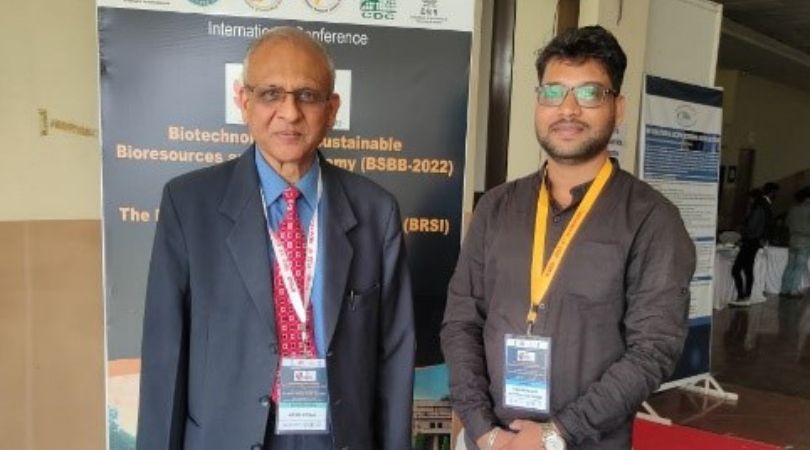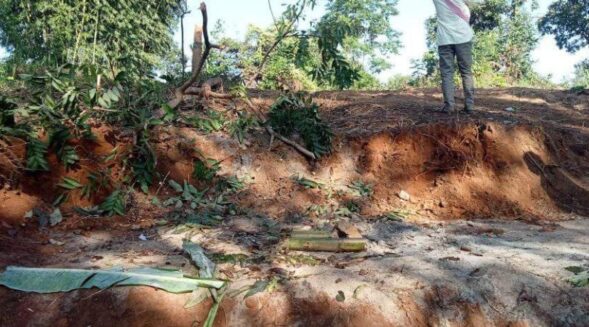
GUWAHATI:
Researchers of Indian Institute of Technology (IIT) Guwahati have studied the efficacy of a specific bacterial endoglucanase enzyme, RfGH5_4 from Ruminococcus flavefaciens in breaking down woody biomatter into a simple sugar that can be fermented efficiently to produce bioethanol – a promising renewable fuel that can replace petroleum-based fuel systems.
A team led by Prof. Arun Goyal, Dept of Biosciences and Bioengineering, IIT Guwahati, in collaboration with researchers from the University of Lisbon, Portugal have recently published the discovery and observations of the research in the International Journal of Biological Macromolecules.
The published paper is the research work carried out by Parmeshwar Vitthal Gavande, a doctoral student of Prof Arun Goyal, as a part of the PhD thesis work.
The IIT Guwahati scientists have shown the efficacy of a new type of endoglucanase called RfGH5_4 in breaking down lignocellulosic and hemicellulosic biomass for the eventual conversion to bioethanol fuel. The enzyme was derived from a bacterium called Ruminococcus flavefaciens.
The IIT Guwahati team chose Ruminococcus flavefaciens because this bacterium is found in the gut of cows and other cud-chewing animals which have faced cellulosic pressure for millions of years. The particular gene encoding the cellulase enzyme, RfGH5_4 was fished out from R flavefaciens.
The researchers have thus developed this efficient machinery of RfGH5_4 to break down cellulose and cellulosic structures into simple sugars. The bacterium harbours a cohort of at least 14 different multimodular enzymes that can break down cellulose, one of which is RfGH5_4.
Explaining the research work, Prof Arun Goyal said, “We characterized Endoglucanase, RfGH5_4 and found that it hydrolysed carboxymethyl cellulose (a lab-scale analog of cellulose) as well as normal amorphous cellulose with greater catalytic efficiency. Our studies also showed that this enzyme acted on lignocellulosic substrates from different agricultural residues such as cotton stalk, sorghum stalk, sugarcane bagasse, etc. and had a good affinity for hemicellulosic substrates as well which include ß-glucan, lichenan, xyloglucan, konjac glucomannan, xylan and carob galactomannan.”






